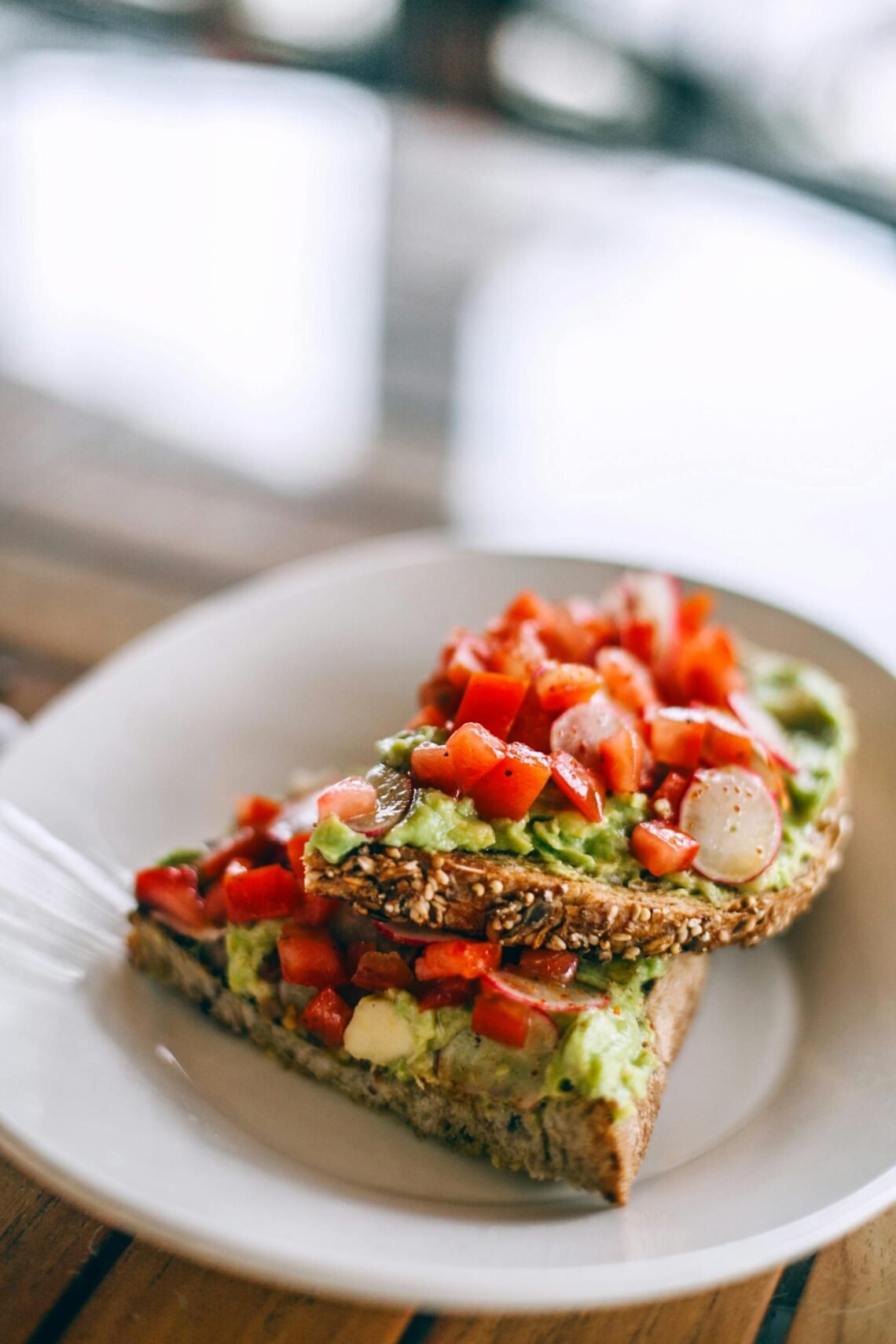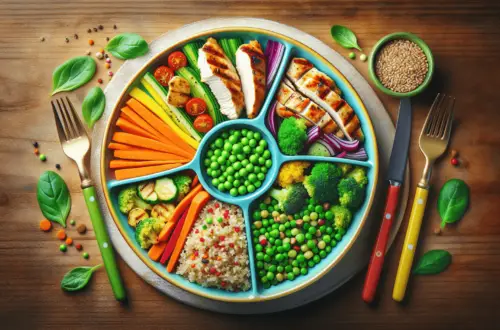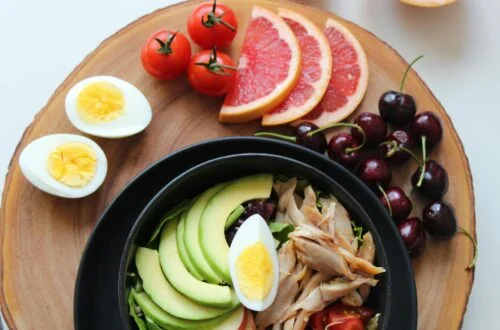Embarking on the Atkins diet as an Indian vegetarian can be a rewarding journey, but it feels even better when you know you’re making the best choices for your nutritional needs. This article explores various protein sources that seamlessly fit into both the Atkins diet and a vegetarian lifestyle, ensuring that you can enjoy delicious and nutritious meals. From dairy products like paneer and Greek yogurt to plant-based options such as tofu, legumes, and nuts, you’ll find a range of protein-rich foods that are both satisfying and in line with your dietary commitments.
What Are The Sources Of Protein Suitable For Indian Vegetarians On The Atkins Diet?
Are you an Indian vegetarian looking to follow the Atkins diet but worried about your protein intake? You’ve come to the right place. When you think about the Atkins diet, high-protein, low-carb foods typically come to mind. However, finding the right balance of protein sources can be challenging, especially for vegetarians in India. But don’t fret—there are plenty of options available to you!
In this article, we’ll explore various protein-packed foods suitable for Indian vegetarians following the Atkins diet. So, let’s dive right in and unveil how you can enjoy a nutritious, protein-rich diet without compromising on your vegetarian lifestyle.
Understanding the Atkins Diet
Before we delve into the protein sources, let’s get a grip on what the Atkins diet is all about. This diet is centered around low carb intake and high protein consumption, primarily aimed at aiding weight loss and improving overall health. The diet comprises four phases:
Phase 1: Induction
This initial phase restricts your carb intake to 20-25 grams per day. the goal is to kick-start the weight loss process.
Phase 2: Balancing
In this phase, you can start reintroducing more nutrient-rich carbs, nuts, and seeds, keeping your net carbs at 25-50 grams per day.
Phase 3: Pre-Maintenance
Gradually increase your carb intake by 10 grams each week until you find your carb tolerance level. This phase continues until you’re about 10 pounds from your goal weight.
Phase 4: Lifetime Maintenance
This final phase involves maintaining your current weight while keeping carbs in check. You can enjoy a wider variety of foods, but it’s crucial to ensure you stick to healthy choices.
Importance of Protein
Protein is a vital macronutrient that contributes to numerous bodily functions, including muscle repair and growth, enzyme production, and hormone regulation. It’s essential when following the Atkins diet to maintain high protein intake to support your daily functions and achieve your health goals.
Benefits of Protein in the Atkins Diet
- Satiety: Protein-rich foods can help keep you full, reducing the likelihood of overeating or snacking on carbs.
- Metabolic Boost: Protein requires more energy to digest, which can boost your metabolism.
- Muscle Preservation: While losing weight, protein helps in preserving muscle mass, ensuring you’re losing fat, not muscle.
Protein Sources for Indian Vegetarians
Finding sufficient protein sources for Indian vegetarians on the Atkins diet can be a bit tricky, but certainly not impossible. Here’s a comprehensive guide to help you navigate through different options.
Paneer
Paneer, or Indian cottage cheese, is a fantastic source of protein. It’s versatile and can be used in a variety of dishes.
| Nutrient | Quantity (per 100g) |
|---|---|
| Protein | 18g |
| Fat | 20g |
| Carbs | 1.2g |
Tofu
If you’re looking for a plant-based option, tofu is your best bet. It’s not only rich in protein but also iron and calcium.
| Nutrient | Quantity (per 100g) |
|---|---|
| Protein | 8g |
| Fat | 4.8g |
| Carbs | 1.9g |
Greek Yogurt
Greek yogurt is thicker and creamier compared to regular yogurt and packs a good amount of protein.
| Nutrient | Quantity (per 100g) |
|---|---|
| Protein | 10g |
| Fat | 0.4g |
| Carbs | 3.6g |
Lentils
Lentils are a staple in Indian cuisine and offer substantial protein content. While they do contain carbs, they are balanced with fiber which can fit into the later phases of the Atkins diet.
| Nutrient | Quantity (per 100g cooked) |
|---|---|
| Protein | 9g |
| Fat | 0.4g |
| Carbs | 20g (but high in fiber) |
Chickpeas
Chickpeas, or ‘chana’, are another excellent protein source, often used in salads, stews, and as snacks.
| Nutrient | Quantity (per 100g cooked) |
|---|---|
| Protein | 9g |
| Fat | 2.6g |
| Carbs | 27g (but high in fiber) |
Quinoa
Though not traditionally Indian, quinoa has gained popularity for its high protein and full amino acid profile, making it a complete protein.
| Nutrient | Quantity (per 100g cooked) |
|---|---|
| Protein | 4.1g |
| Fat | 1.9g |
| Carbs | 21g (but high in fiber) |
Nuts and Seeds
Nuts and seeds are convenient protein-packed snacks. They also add a satisfying crunch to your meals.
Almonds
| Nutrient | Quantity (per 100g) |
|---|---|
| Protein | 21.2g |
| Fat | 49.9g |
| Carbs | 21.7g (high in fiber) |
Chia Seeds
| Nutrient | Quantity (per 100g) |
|---|---|
| Protein | 16g |
| Fat | 30.7g |
| Carbs | 42g (mostly fiber) |
Edamame
Edamame are young soybeans steamed in their pods and are both delicious and protein-rich.
| Nutrient | Quantity (per 100g cooked) |
|---|---|
| Protein | 11g |
| Fat | 5g |
| Carbs | 9g |
Seitan
Made from gluten, seitan is a popular meat substitute rich in protein. It’s often used in stir-fries and other savory dishes.
| Nutrient | Quantity (per 100g) |
|---|---|
| Protein | 25g |
| Fat | 2g |
| Carbs | 14g |
Protein Powders
For those struggling to meet their protein needs through whole foods, protein powders can be an excellent supplement. Look for ones that are low in carbs and made from plant-based sources like soy, pea, or hemp.
| Nutrient | Quantity (per serving, varies) |
|---|---|
| Protein | 20-30g |
| Fat | 1g-5g |
| Carbs | 1g-7g |
Meal Ideas and Recipes
Breakfast
Paneer and Spinach Scramble
- Ingredients: Paneer, spinach, onions, tomatoes, spices.
- Directions: Sauté onions and tomatoes, add spinach and paneer, and cook until soft. Season with spices.
Greek Yogurt with Chia Seeds and Berries
- Ingredients: Greek yogurt, chia seeds, strawberries, blueberries.
- Directions: Mix chia seeds into Greek yogurt and top with fresh berries.
Lunch
Tofu and Vegetable Stir-Fry
- Ingredients: Tofu, bell peppers, broccoli, carrots, soy sauce, spices.
- Directions: Stir-fry vegetables and tofu in a pan, add soy sauce and spices.
Dinner
Lentil Soup
- Ingredients: Lentils, onions, garlic, tomatoes, spices.
- Directions: Sauté onions and garlic, add tomatoes and lentils, cook with spices until lentils are tender.
Chickpea Salad
- Ingredients: Chickpeas, tomatoes, cucumbers, lemon juice, olive oil, spices.
- Directions: Toss all ingredients together and serve chilled.
Snacks
Almonds and Berries
- Ingredients: Almonds, blueberries, strawberries.
- Directions: Mix and enjoy as a quick snack.
Edamame with Sea Salt
- Ingredients: Edamame, sea salt.
- Directions: Steam edamame and sprinkle with sea salt.
Tips for Following the Atkins Diet as a Vegetarian
- Plan Your Menu: Take time each week to plan your meals around high-protein, low-carb foods.
- Read Labels: Always check the nutritional information on packaged foods to keep your carbs in check.
- Stay Hydrated: Drinking ample water helps in various metabolic processes and keeps you satiated.
- Incorporate Variety: Use a mix of protein sources to ensure a well-rounded intake of nutrients.
- Supplement Wisely: If you’re low in certain nutrients like Vitamin B12 or omega-3 fatty acids, consider supplements.
Conclusion
Being an Indian vegetarian on the Atkins diet doesn’t have to be complicated. With a thoughtful selection of protein-rich foods and a little planning, you can reap the benefits of this diet while staying true to your plant-based lifestyle. Whether it’s paneer, tofu, lentils, or Greek yogurt, there are plenty of options to keep your meals both nutritious and delicious.
So, are you ready to transform your diet without compromising on your vegetarian principles? Give these protein sources a try and enjoy your journey to a healthier you!





